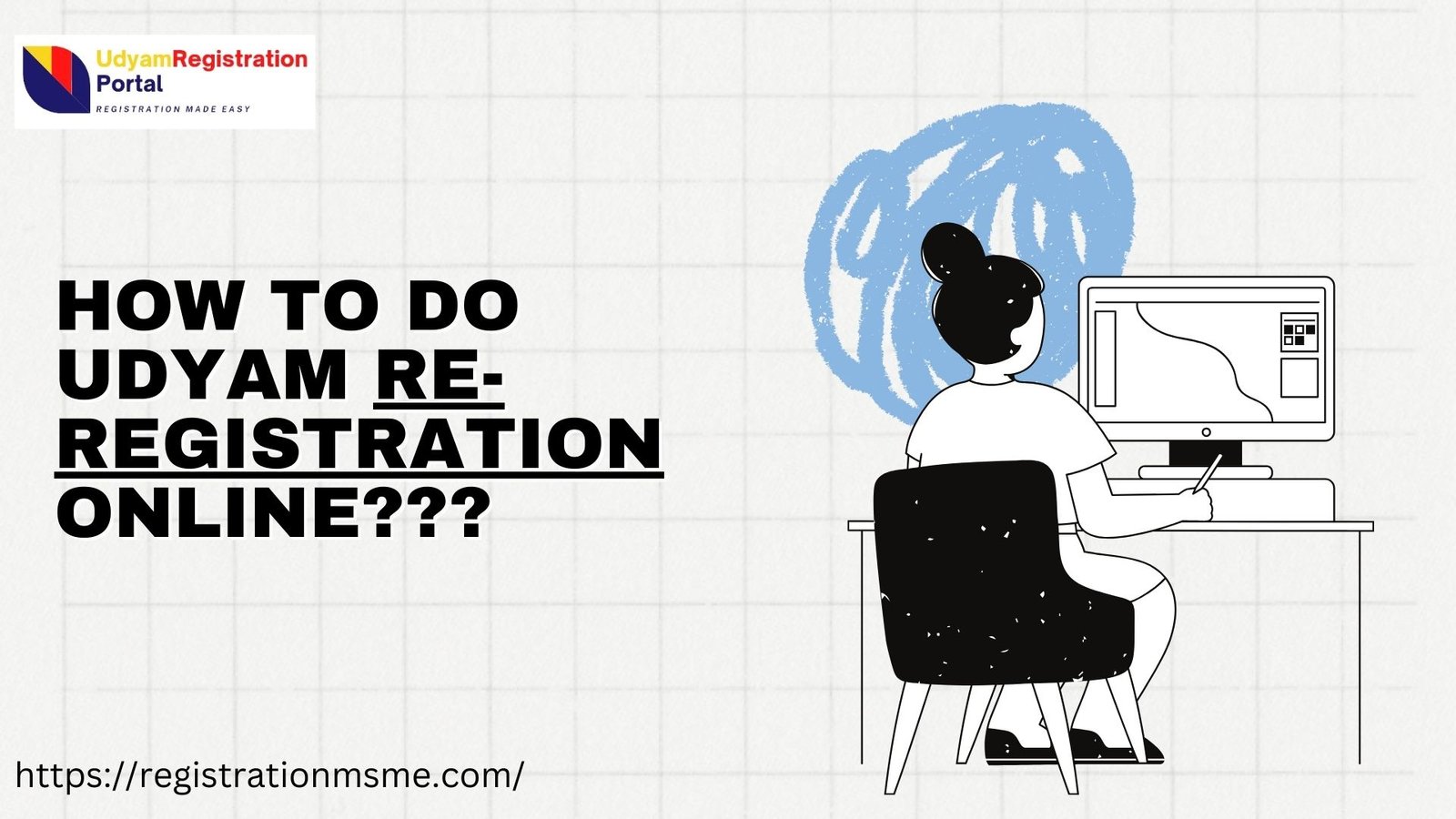A GDPR risk assessment identifies all potential risks related to personal data within an organization. It highlights vulnerabilities and addresses them following stringent GDPR rules and regulations.
Mistakes Made in Conducting a GDPR Risk Assessment
1. Poor Data Mapping Process
Mistake: Many organizations fail to perform thorough data mapping, making it difficult to locate vulnerabilities since personal data locations remain unclear.
Solution: Develop a systematic data mapping process. Break down data operations, including compilation, processing, storage, and sharing. Use data discovery tools to identify areas with high-risk data.
2. Inadequate Risk Identification
Pitfall: Organizations often overlook risks or fail to assess their impact due to limited risk professionals and frameworks.
Solution: Adopt a structured approach using cross-functional teams for diverse insights. Utilize established frameworks such as NIST or ISO 27001 to enhance assessments.
3. Ignoring Third-Party Risks
Pitfall: Organizations fail to address risks posed by third-party vendors who handle sensitive data.
Solution: Conduct third-party risk assessments as part of the GDPR strategy. Analyze vendor data protection measures to ensure alignment with GDPR protocols. Schedule periodic reviews and demand proof of compliance.
4. Lack of Documentation
Risk: Insufficient documentation hampers risk assessment processes, making compliance tracking difficult.
Solution: Maintain detailed documentation, including identified threats, implemented controls, and monitoring processes. Proper documentation supports compliance and continual improvement.
5. Inadequate Data Subject Rights
Blunder: Organizations often neglect data subject rights (access, correction, and erasure), resulting in non-compliance.
Solution: Incorporate data subject rights into risk management processes. Assess whether your organization is effectively implementing these rights and address any gaps through well-defined policies and procedures.
6. Failure to Update Risk Assessments
Pitfall: Treating risk assessment as a one-time activity leads to outdated evaluations and overlooked risks.
Solution: Regularly review and update risk assessments to account for changes such as increased data processing, regulatory updates, or security breaches.
7. Overestimating the Complexity of GDPR
Pitfall: A lack of understanding leads to inadequate risk assessments and missed compliance areas.
Solution: Invest in GDPR training to enhance organizational awareness. Outsource expertise if necessary to ensure proper guidance and comprehensive assessments.
8. Lack of Appropriate Risk Mitigation Strategies
Pitfall: Identified risks remain unaddressed due to a lack of resources or strategies.
Solution: Formulate a risk management framework prioritizing risks by impact and likelihood. Allocate appropriate resources, including personnel and finances, to address threats effectively.
9. Lack of Senior Management Involvement
Pitfall: Senior management’s absence results in insufficient support and skewed risk assessment outcomes.
Solution: Engage senior leadership to secure resources and foster a culture of compliance. Regularly report risk assessment findings to ensure executive alignment.
10. Failure to Train Employees
Pitfall: Untrained employees can inadvertently introduce risks through improper data handling.
Solution: Implement regular training programs to educate employees about GDPR compliance, data protection rules, and their role in safeguarding data.
Avoiding Pitfalls in GDPR Risk Assessment: Best Practices
- Develop a Detailed Assessment Plan:
Create a comprehensive plan outlining goals, responsibilities, tools, and timelines. - Engage Cross-Functional Teams:
Involve IT, legal, HR, and operations teams to ensure diverse perspectives and comprehensive risk identification. - Use Advanced Tools and Technologies:
Leverage tools such as data discovery, risk assessment, and compliance management software to enhance accuracy and efficiency. - Review and Update Assessments:
Schedule regular reviews and updates to address evolving risks and regulatory changes. - Promote a Culture of Compliance:
Foster a compliance-oriented environment by encouraging employees to actively report potential risks and stay informed about organizational policies.
Conclusion
At GoTrust, we understand the complexities of GDPR risk assessments. Our Data Privacy Management Software streamlines the process, helping organizations overcome these pitfalls. Our expert tools and consultants ensure effective risk assessments, enabling robust data security and GDPR compliance.
Partner with GoTrust to safeguard your organization’s data and build a solid foundation for privacy and protection.



